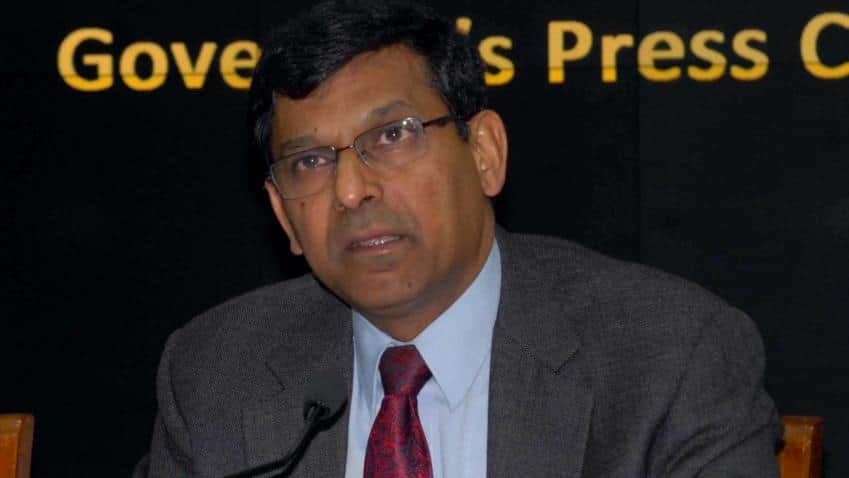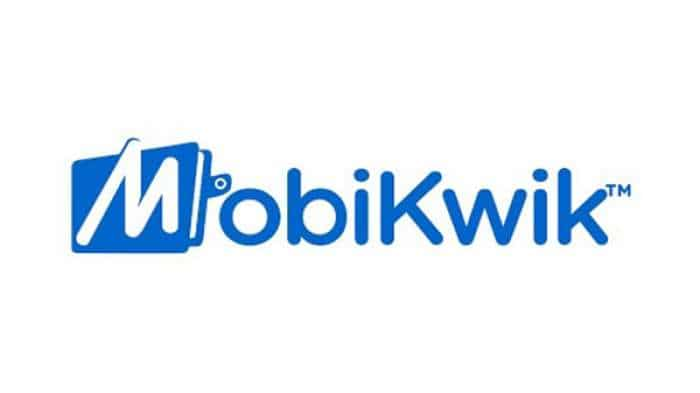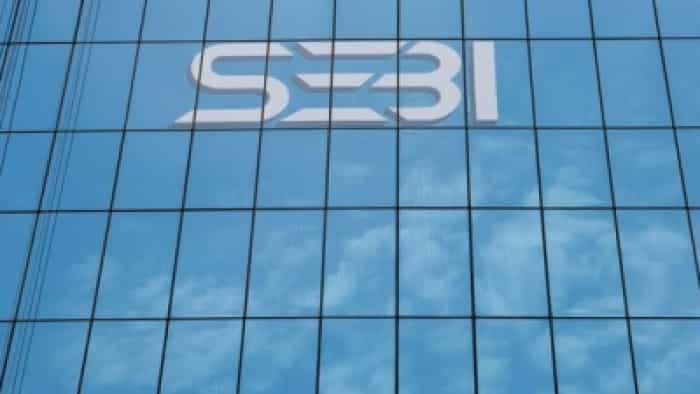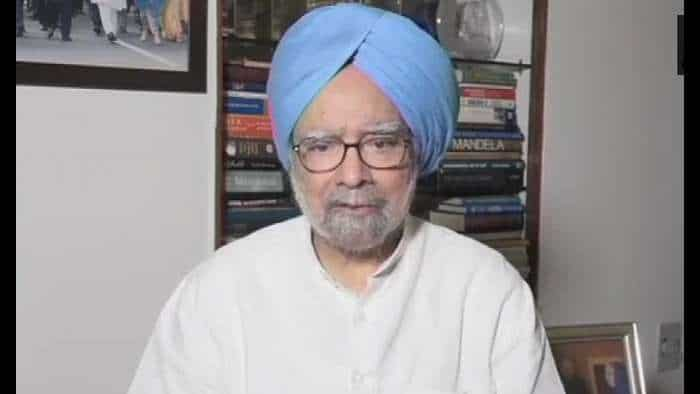Is RBI’s S4A the tool to overcome bad loans?
This S4A involves substantial write-down of debt dividing it into sustainable and non-sustainable category and/or making large provisions, will deal in strengthening the financial structure of entities facing genuine difficulties and bringing real asset back on track.

As of March 2016, bad loans have increased to Rs. 5.8 lakh crore from Rs. 4.38 lakh crore in December quarter. The worry is simple; non-performing assets are only going to go up in the coming months.
Reserve Bank of India (RBI) has been adapting time-to-time guidelines in order to resolve these stressed loans. In order to further strengthen the lenders’ ability to deal with stressed assets, RBI has issued guidelines on a ‘Scheme for Sustainable Structuring of Stressed Assets’—S4A.
This S4A involves substantial write-down of debt dividing it into sustainable and non-sustainable category and/or making large provisions, will deal in strengthening the financial structure of entities facing genuine difficulties and bringing real asset back on track.
This scheme is aimed at helping bank settle the amount of debt, which they think a firm can service with its current cash flows. However, this proportion of debt must not be less than 50% of funded liabilities of the company.
RBI believes that right sizing of debt will help companies deliver its debt commitments without any moratorium. Although the debt have to be marked-to-market in the interim, which will enable them to participate in upside during the turnaround.
Further, banks can convert the remaining amount of debt into equity or quasi-equity instruments, once the sustainable level of debt has been determined.
To ensure efficiency of the scheme, bank must abide with the regulatory rules. Firstly, there should be no fresh moratorium assigned on interest or principal repayment for servicing. Secondly, there should be no extension in repayment period and also no reduction in interest rates. Lastly, the part of debt converted into equity/ equity like securities will be followed by the set of valuation criteria decided by RBI.
If banks agree to follow the RBI norms, higher provisions are expected to keep aside in their balance sheet. Banks are required to make provisions of around 20% of the total outstanding amount or 40% of the amount of debt which is seen unsustainable.
An Overseeing Committee (OC), comprising of eminent persons, will be hired by Indian Bank Association in consultation with RBI. The members of OC cannot be changed without the prior approval of RBI.
Can S4A help the banks tackle stressed assets?
In a report in LiveMint, R.K. Bansal, executive director, IDBI Bank pointed out some challenges that the guideline poses for the banking system.
Bansal, said the guidelines only supported projects where commercial operations have commenced; due to which the banks won’t be able to do much for some power projects which are still under implementation.
Another challenge if current cash flows as a basis to ascertain sustainable debt is used, then the risk of accumulating too much unsustainable debt is more, which would then make the proposal unviable. Also the guidelines do not allow the banks to change the terms and conditions of the loan. This would mean that not too much support to the sustainable part of the debt can be extended, Bansal added.
According to Edelwiess report, sectors such as power and iron & steel is likely to benefit from this scheme which will in turn aid banks.
Get Latest Business News, Stock Market Updates and Videos; Check your tax outgo through Income Tax Calculator and save money through our Personal Finance coverage. Check Business Breaking News Live on Zee Business Twitter and Facebook. Subscribe on YouTube.
RECOMMENDED STORIES
11:35 AM IST











 RBI sets up 8-member panel on ethical use of AI
RBI sets up 8-member panel on ethical use of AI Indian economy is recovering from slowdown witnessed in July-September quarter: RBI
Indian economy is recovering from slowdown witnessed in July-September quarter: RBI RBI: After another status quo year, all eyes on a growth-propping rate cut with new Guv at helm By Ashish Agashe
RBI: After another status quo year, all eyes on a growth-propping rate cut with new Guv at helm By Ashish Agashe Electricity distribution companies continue to remain a burden on state finances: RBI
Electricity distribution companies continue to remain a burden on state finances: RBI RBI imposes penalties on IndusInd Bank and Manappuram Finance for non-compliance of certain norms
RBI imposes penalties on IndusInd Bank and Manappuram Finance for non-compliance of certain norms